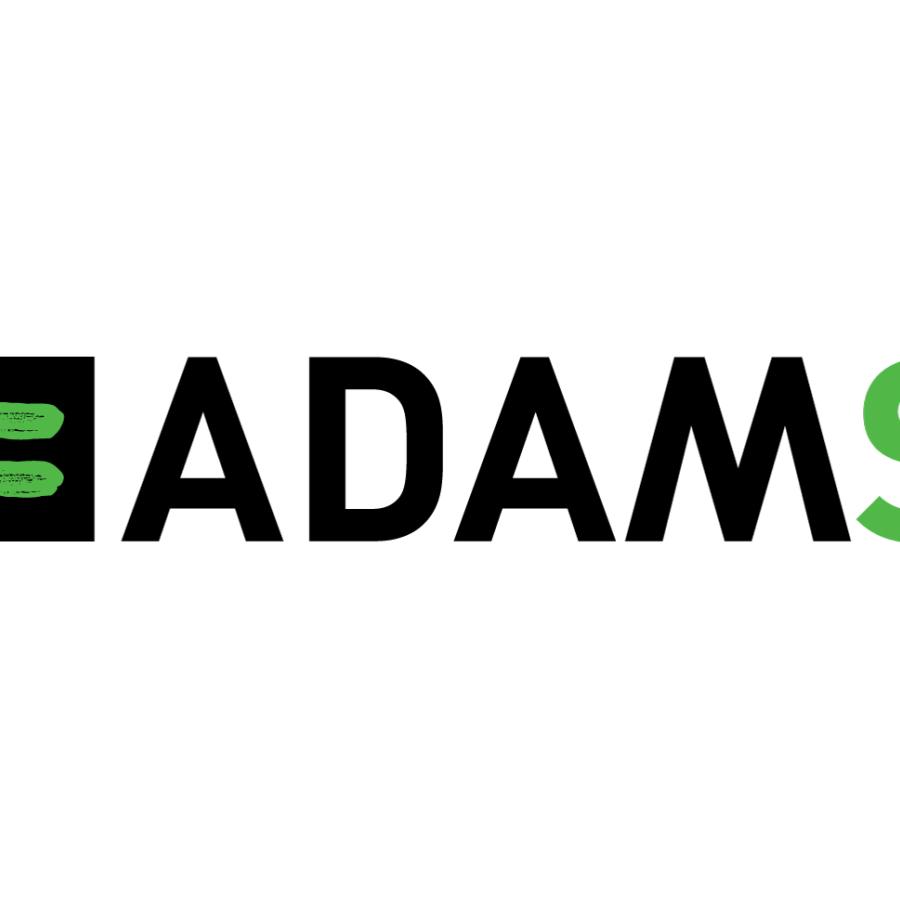Story
WADA strengthens global anti-doping system through re-build of its Anti-Doping Administration and Management System


In this latest edition of ‘Spotlight’, which keeps stakeholders up to date on the activities being carried out by the World Anti-Doping Agency (WADA) team and its partners, we look at WADA’s Anti-Doping Administration Management System (ADAMS), and how it is making athletes’ lives easier and the work of the anti-doping community more effective. Previous ‘Spotlight’ features are available on WADA’s website.
For many elite athletes and anti-doping professionals around the world, one of the most regular types of interaction they have with WADA is through ADAMS. Launched in 2005, ADAMS is a secure and cost-free, web-based system that centralizes doping control-related data such as: athlete whereabouts, testing history, laboratory results, the Athlete Biological Passport (ABP), Therapeutic Use Exemptions (TUEs) and Anti-Doping Rule Violations. Available in 24 languages, ADAMS facilitates the sharing of information among relevant organizations and promotes efficiency, transparency and effectiveness in all anti-doping activities.
ADAMS allows data entry and storage, enabling data-sharing and reporting in a highly secure environment and is subject to strict data protection and personal privacy regulations. Under the World Anti-Doping Code, all Anti-Doping Organizations (ADOs) must use ADAMS for specific aspects of their anti-doping program. Among the users are around 3,000 ADO staff from National and Regional Anti-Doping Organizations, International Federations, Major Event Organizations, and delegated third parties, such as the International Testing Agency; roughly 160 personnel from WADA-accredited laboratories; and 150 experts from Athlete Biological Passport Units – all with specific access to the system limited to their needs. But far and away the most numerous of ADAMS’ stakeholders are the 30,000 or so athletes who rely on the system to enable them to update their whereabouts information, review their personal data and generally keep up-to-date on anti-doping matters.
As with all technology-based systems, ADAMS needs to be constantly reviewed and updated to ensure it remains current. As a result, in 2017, WADA initiated significant upgrades to ADAMS’ underlying infrastructure that laid the foundation for a complete rebuild of ADAMS aimed at optimizing support to the global anti-doping program and better serving athletes and anti-doping stakeholders. Referred to as ‘Next Gen’ ADAMS, the rebuild launched a number of modules over the past two years, which prioritize mobility, enhanced connectivity, reliability, performance and general usability. And, like all ‘Next Gen’ features, the new modules were designed with privacy, information security and transparency for end users as absolute priorities.
Specifically:
 1. In November 2019, WADA launched an all-new whereabouts application for athletes, known as ‘Athlete Central’. Available for free download and use from the Apple Store and Google Play, this multi-lingual app features location-based address recommendations and integrated user support. It was designed for athletes – based on extensive consultation that included more than 2,000 athlete submissions – in order to address the challenges they have faced with earlier whereabouts solutions.
1. In November 2019, WADA launched an all-new whereabouts application for athletes, known as ‘Athlete Central’. Available for free download and use from the Apple Store and Google Play, this multi-lingual app features location-based address recommendations and integrated user support. It was designed for athletes – based on extensive consultation that included more than 2,000 athlete submissions – in order to address the challenges they have faced with earlier whereabouts solutions.
2. In January 2020, WADA launched the new ‘Testing Center’ module, which was developed with planning and monitoring functionalities, effectively reinventing the way that data on doping control programs are presented to ADOs in real time. The new module provides ADOs with a test distribution planning and monitoring tool, as well as a dashboard view of compliance with the Technical Document for Sport Specific Analysis. Together, this equips ADOs with the means to assess their progress more efficiently and act on the information more quickly, and improves WADA’s means to monitor testing activity.
3. In May 2021, WADA launched ‘DCO Central’, a new doping control sample collection app for tablets that is also available for free from the Apple Store and Google Play. ‘DCO Central’ provides Doping Control Officers from ADOs and Sample Collection Agencies with an online and offline solution for secure and fast data collection as part of doping control sample collection, which is now entirely paperless and, most importantly, connected to ADAMS to reduce manual data entry, while improving data accuracy and the speed and security of data exchange.
WADA Deputy Chief Operating Officer, Stuart Kemp, said: “WADA is proud of what has been achieved with ‘Next Gen’ ADAMS in a relatively short space of time by a committed team of ADAMS and IT experts within WADA. We are particularly grateful to the athletes and stakeholders worldwide that we consulted to ensure that ‘Athlete Central’, the ‘Testing Center’ and ‘DCO Central’ would meet their needs. ADAMS is a critical component of the global anti-doping system and will continue evolving in line with the available technology and the changing needs of athletes and others within the anti-doping community.
“’Next Gen’ ADAMS is also a key initiative of WADA’s 2020-2024 Strategic Plan, which requires the Agency to ensure that its digital tools and services are intuitive, modern, functional and accessible. We want to ensure that athletes receive as much support as possible when it comes to fulfilling their commitment to compete clean and delivering a system that fits in with their preferences and lifestyles is a priority for us.”
 WADA ADAMS Team Lead and Senior Manager, Ndiate Chaya Ndiaye, said: “The roll-out of ‘Next Gen’ is being carried out in a strategic, sustainable way, one carefully constructed and tested one module at a time. This affords us the opportunity to showcase the module and invite a focus group of users to experience it and provide feedback for further tweaking, ensuring we get it right before we move on to the next module. It also ensures that there is less risk of a negative impact on daily users by newly introduced bugs, while also offering an opportunity to integrate user metrics to measure the performance of new design with less pressure on training and support teams.”
WADA ADAMS Team Lead and Senior Manager, Ndiate Chaya Ndiaye, said: “The roll-out of ‘Next Gen’ is being carried out in a strategic, sustainable way, one carefully constructed and tested one module at a time. This affords us the opportunity to showcase the module and invite a focus group of users to experience it and provide feedback for further tweaking, ensuring we get it right before we move on to the next module. It also ensures that there is less risk of a negative impact on daily users by newly introduced bugs, while also offering an opportunity to integrate user metrics to measure the performance of new design with less pressure on training and support teams.”
The improvements will not stop here. More are on the way with better graphics and improved recommendations coming for the ABP module, more user-friendly dashboards and an upgraded submission process for TUEs, as well as a host of intuitive enhancements for the laboratory reporting module.
Ndiate Chaya Ndiaye added: “The history of ADAMS has been characterized by constant improvement and agile evolution much like the anti-doping system itself. The future of ’Next Gen’ ADAMS is going to be no different as we make sure it remains cutting edge and accessible for a brand-new generation of users.”



